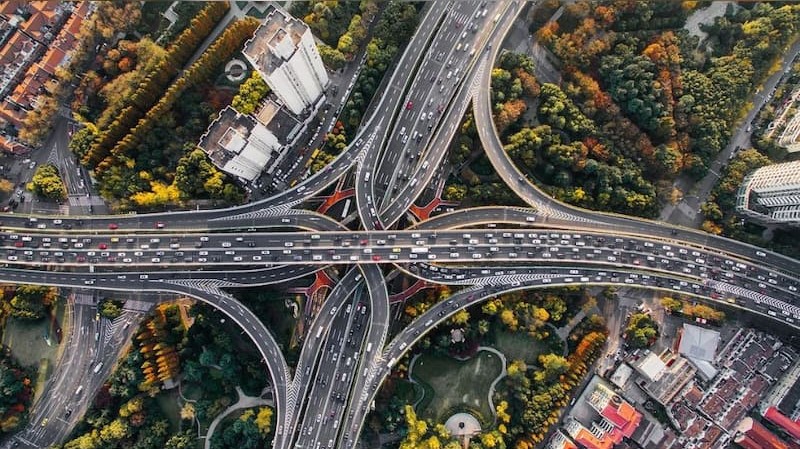
27 Nov The Cost of Going Signal-Free: What Kota’s Streets Reveal About Urban Priorities
The Cost of Going Signal-Free: What Kota’s Streets Reveal About Urban Priorities
Kota, Rajasthan recently made headlines by becoming the country’s first city to eliminate all traffic signals. The signal-free model is meant to replace start–stop traffic with continuous traffic, guided by design elements like flyovers rather than traffic lights. The assumption here is simple. Fewer signals will reduce traffic, make travel faster and support economic growth.
But on the ground, the reality is far different.
Over the last decade, many cities across the world have aimed to reduce dependence on cars and reclaim space for people. Ideas like “car-free streets” and “15-minute cities” emerged from the recognition that urban life is richer and more equitable when people can walk, cycle and access opportunities without relying solely on private vehicles.
In contrast, the move to signal-free corridors signals a shift in the opposite direction. When we design long stretches of uninterrupted roads, we are designing for speed. We are designing for those who already own cars and can move quickly. And we are quietly pushing out those who depend on walking, cycling and public transport.
Evidence from global and Indian studies shows that widening roads, building flyovers and roundabouts, and removing signals creates induced demand. As travel speeds increase, more people choose to drive, eventually leading to higher volumes of traffic. Over time, the congestion returns, but with more cars and even less safety for those outside them. In effect, a design that improves safety for drivers can make roads decidedly less safe and less accessible for vulnerable walkers.
This brings us to the central question: In a city like Kota, who benefits from a signal-free corridor?
Pedestrians make up a large share of daily commuters in the city. A signal-free road often makes the road more unsafe for them as fast-moving traffic and lack of pedestrian infrastructure or crossings, increases the risk. National data from 2023 shows that pedestrians accounted for about one-fifth of all road deaths in India.
Safetipin’s She RISES framework is one that gives a roadmap towards responsive, inclusive, safe and equitable urban systems. It offers a pathway for cities like Kota to shift the conversation from traffic movement to people centered mobility. It brings together the principles of safety, health, equity, resilience, inclusion, sustainability and empowerment to create cities that care for everyone, not just those behind the wheel.
Integrating these principles into Kota’s mobility planning can transform mobility to be safer and more sustainable. This would include the following:
• Safety: Crossings should be designed to protect and increase the visibility of pedestrians and cyclists, through traffic calming measures, good lighting and active public spaces.
• Sustainability: Long term planning must support modal shift. This means developing and improving public transport, Non-Motorized Transport (NMT) infrastructure and compact neighborhoods where people can access daily needs without long car trips.
• Equity and inclusion: The mobility needs of women, low income groups, youth and people with disabilities must be integrated into every transport design decision.
• Wellbeing: Transport planning must encourage walking and cycling, improving public health through increased physical activity. Reduced vehicle use will also contribute to reduced emissions and consequently lower levels of air pollution.
• Empowerment: Communities must be involved in shaping their cities’ mobility. Public participation in decision making will ensure that their daily travel patterns, needs and requirements are integrated into policies and infrastructure projects.
The measure of a city is not how fast its cars move, but rather in how safely, comfortably and confidently its people move. Therefore, it’s high time our cities decide whether to prioritize road speed and car travel or develop mobility systems that are designed equally for all road users especially those who use public transport, walk and cycle every day.

